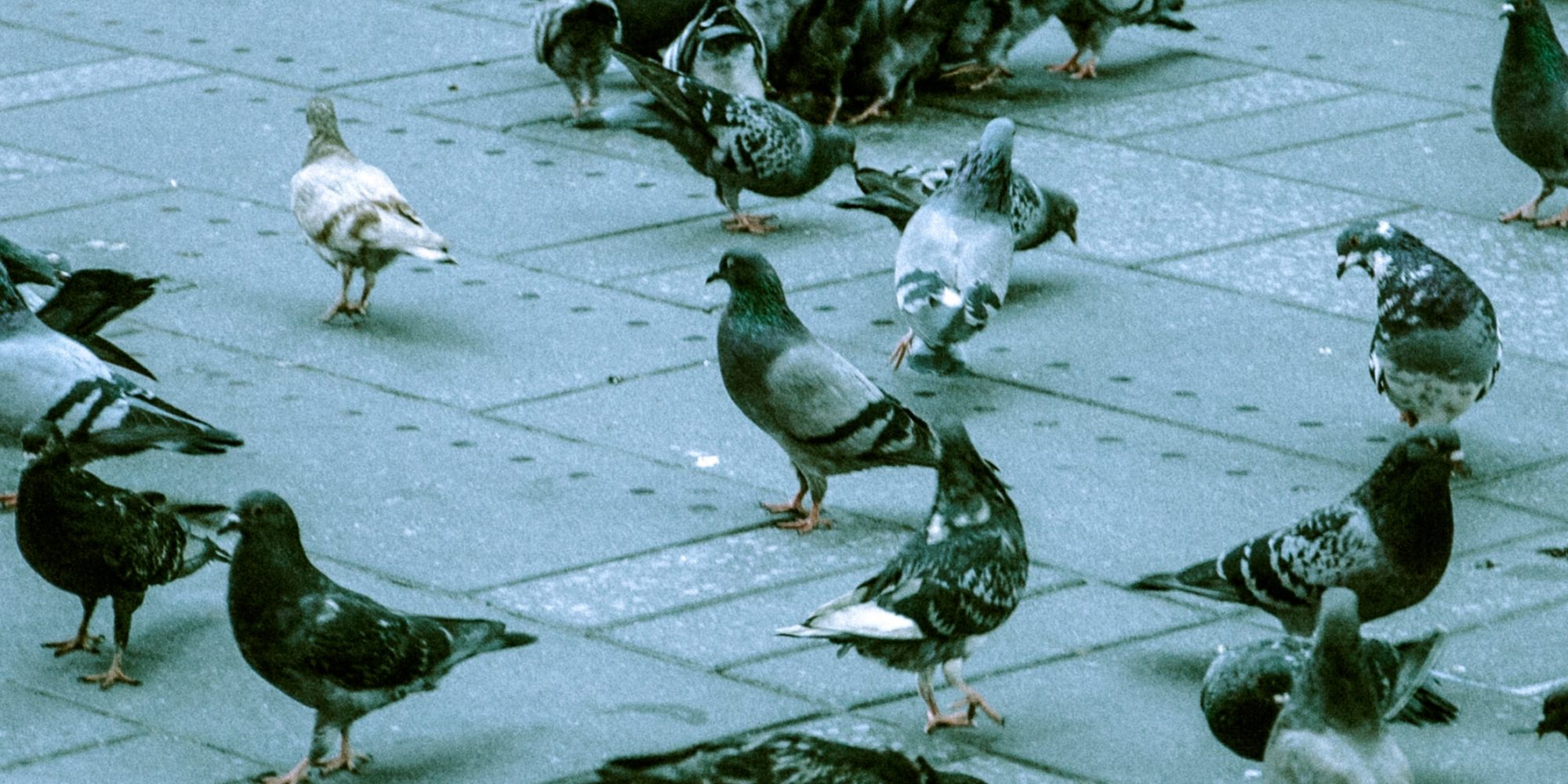
Pigeons know the difference between good and bad art
By Leslie Ng, Class of 2016
(Pigeon image credit Hybrid via Unsplash)

It’s a lovely day for a stroll in the art gallery. You find yourself standing in front of a painting that has caught your eye. It’s the ‘Impression, soleil levant’ by Claude Monet, famously depicting the port of his hometown of Le Havre. You try your best to admire the painting but you can’t help but notice the pigeon standing next to you. His head is cocked upwards, staring intently at the same painting. What is a pigeon doing in the art gallery? You see the pigeon bob its head once, as if realising something important, before shuffling towards the next painting. You’re both amazed and horrified. Can pigeons even tell the difference between good and bad art? Well, apparently they can.
Professor Shigeru Watanabe from Keio University has spent years studying what happens when you put pigeons in front of pieces of artwork. For example in a study from 1995, he presented pigeons with paintings by Monet and Picasso. The pigeons were trained to peck whenever they saw the paintings that they were trained towards. How well do you think they did?

Not only could the birds tell the difference between these artists; they could generalise this stylistic difference to other artists. Monet’s works are representational (they look realistic) and the pigeons showed generalisations to other artists such Cézanne who painted in this style. On the other hand, Picasso’s works are patterned after impressionism (not a true representation of the world) and pigeons could also generalise his style to similar painters.

But what about good and bad art?
Sure, pigeons can tell the difference between artistic styles, but what about good and bad art? This is a tough question because ‘good’ and ‘bad’ is extremely subjective. We know that ‘beauty’ in humans can be very different between individuals, cultures, and times. It is hard to explain why something is beautiful because it’s a mish mash of different subjective reasons. Despite this people are still generally good at coming to an agreement of whether something is ‘good’ or ‘bad’. There must be some common features that exist in each of these categories. But can a pigeon pick up on these features?
Children draw for pigeons!
Professor Watanabe was given paintings drawn by Tokyo elementary school students. He then told students and professors from his university to classify them into either ‘good’ or ‘bad’ paintings. When interviewed about what criteria they used to judge the paintings the students and professors suggested that the category of a ‘good’ painting was polymorphous (meaning that it is made up of many different factors). In light of this, how well will pigeons fare at the discrimination task? Place your bets!
It turns out that pigeons had no problems learning the category of ‘good’ or ‘bad’ art, and could then generalise this to ‘good’ or ‘bad’ art that they had not seen during their training.
What does this mean? Are pigeons art connoisseurs?
Unfortunately, the two studies that I’ve mentioned do not show that pigeons have an appreciation of art (more research is required here). What they do show is that pigeons are able to understand and use categories and concepts. This builds upon the growing evidence that non-human animals are also able to think and see in categories too.
It seems that even though pigeons use different pathways to process visual information than humans, there are still similarities in terms of processing complex stimuli such as paintings. The fact that pigeons can actually learn the category of ‘good’ painting means that there is something that is inherently discriminable about ‘beauty’ as defined by humans. In other words, the human concept of ‘beauty’ is something that can even be learned by pigeons!